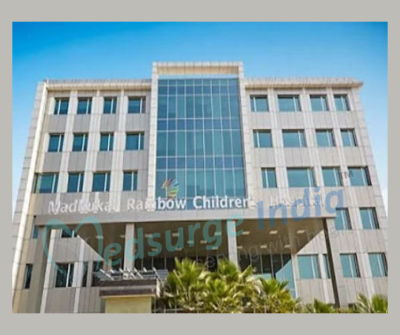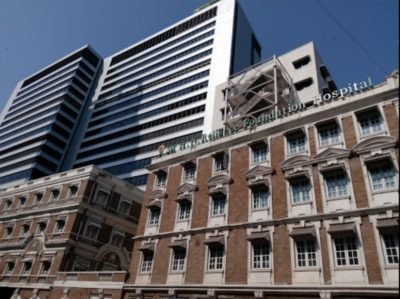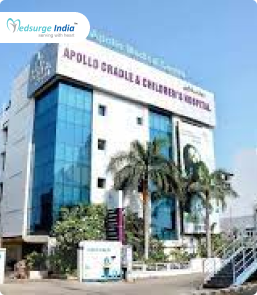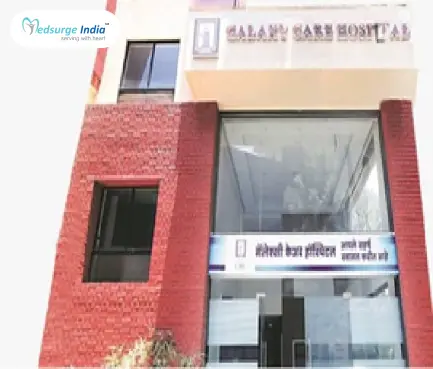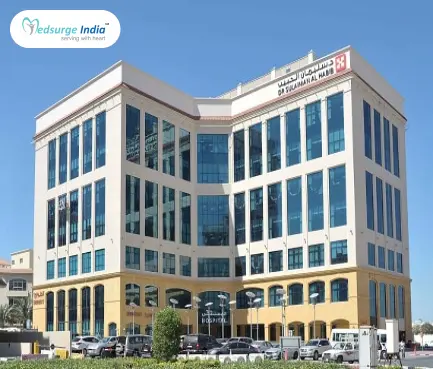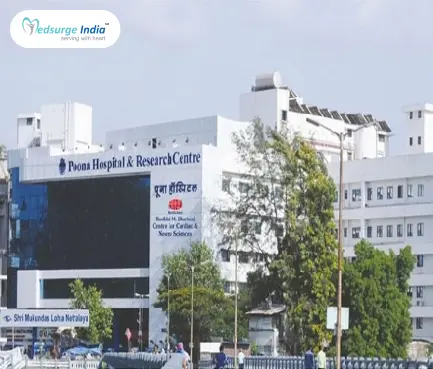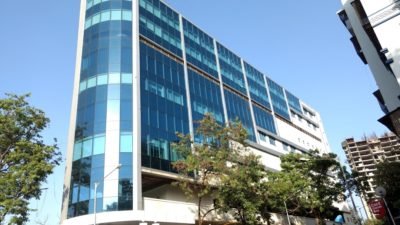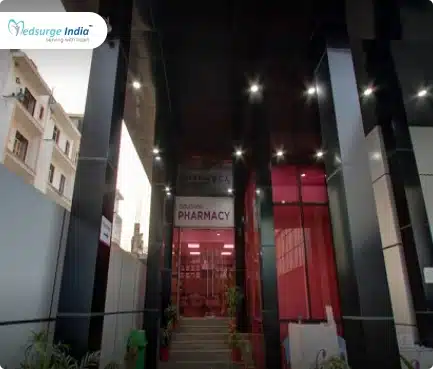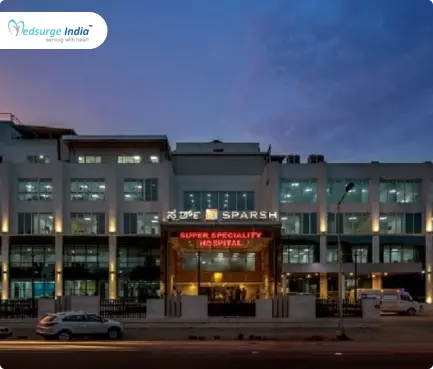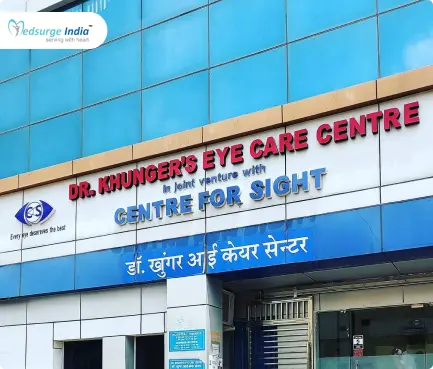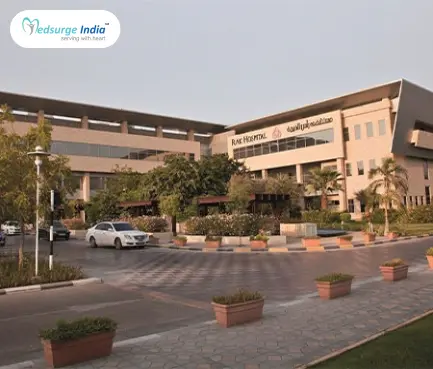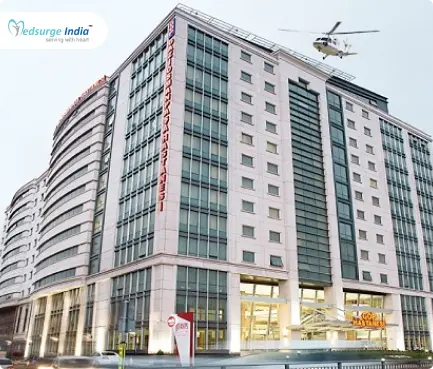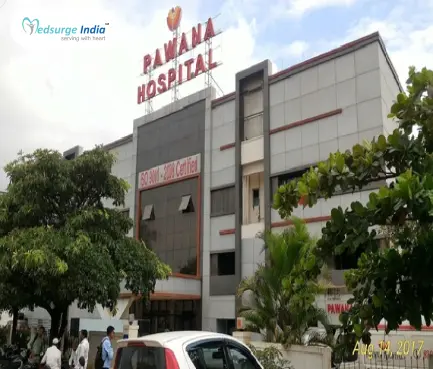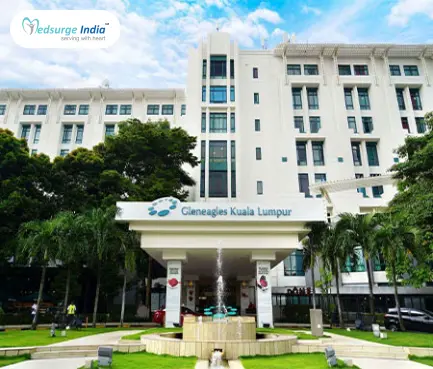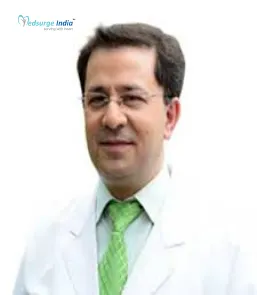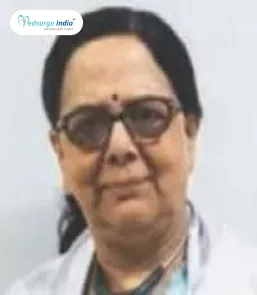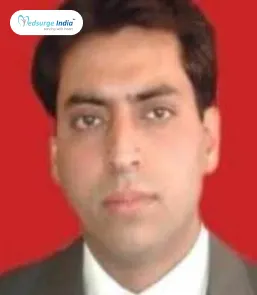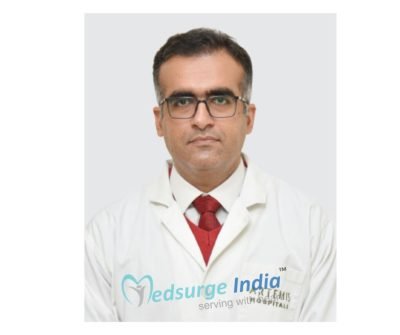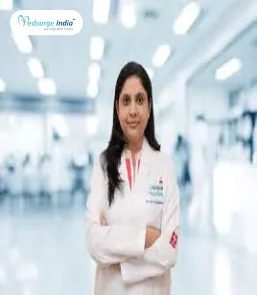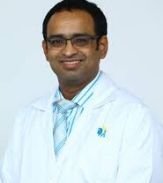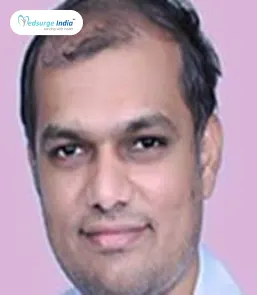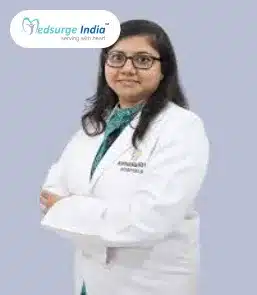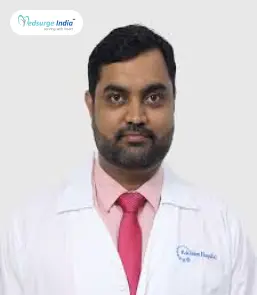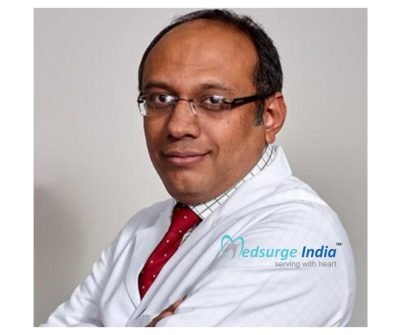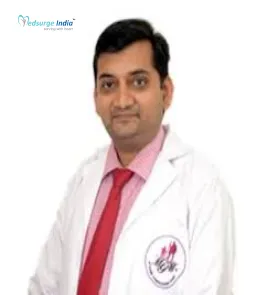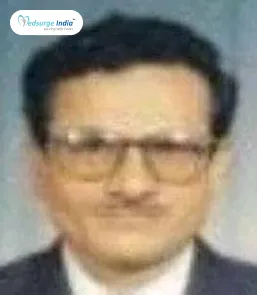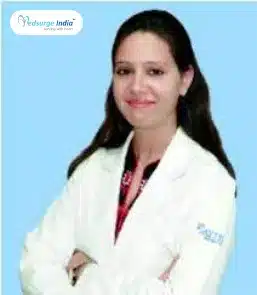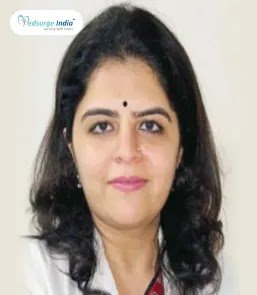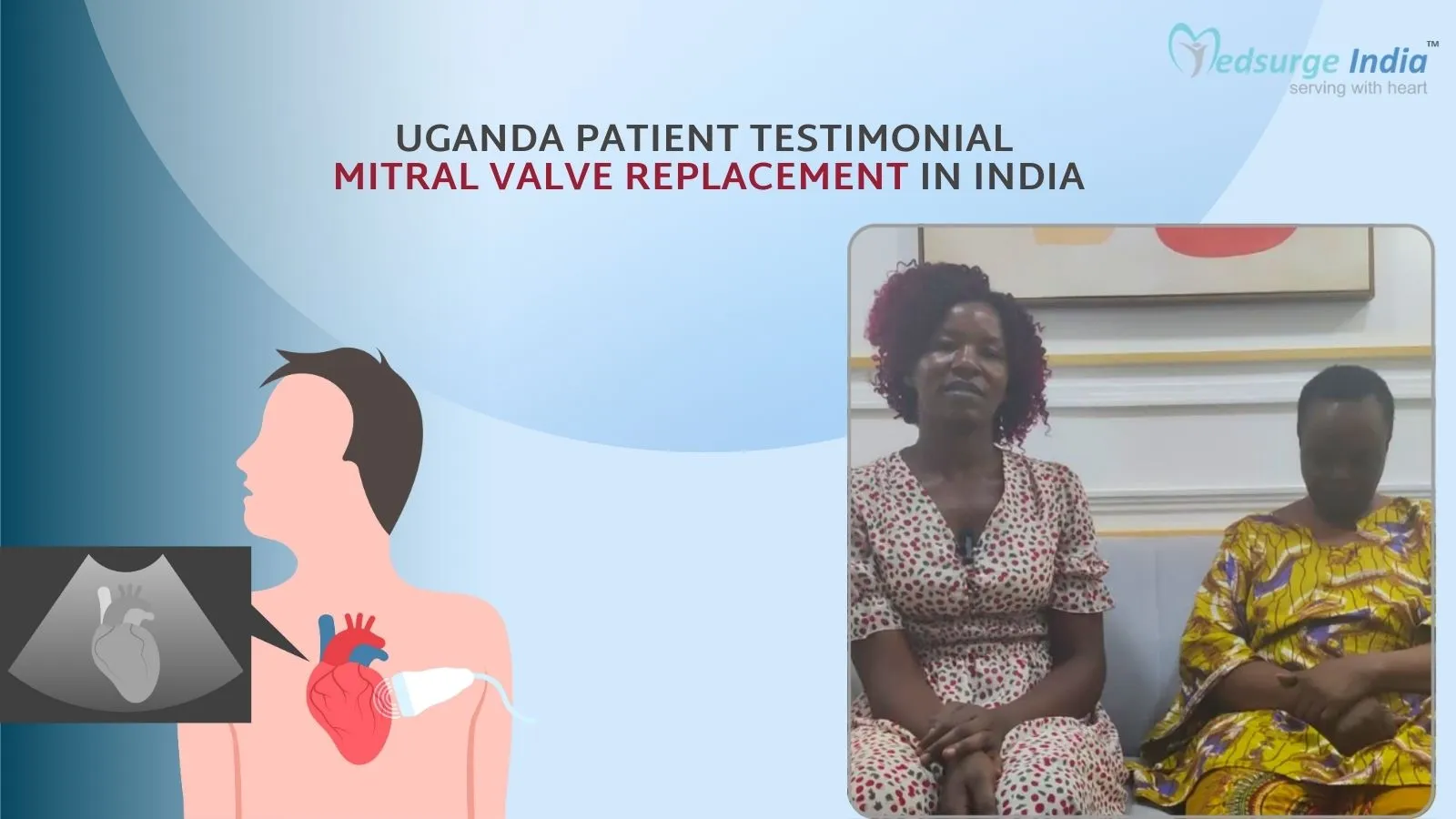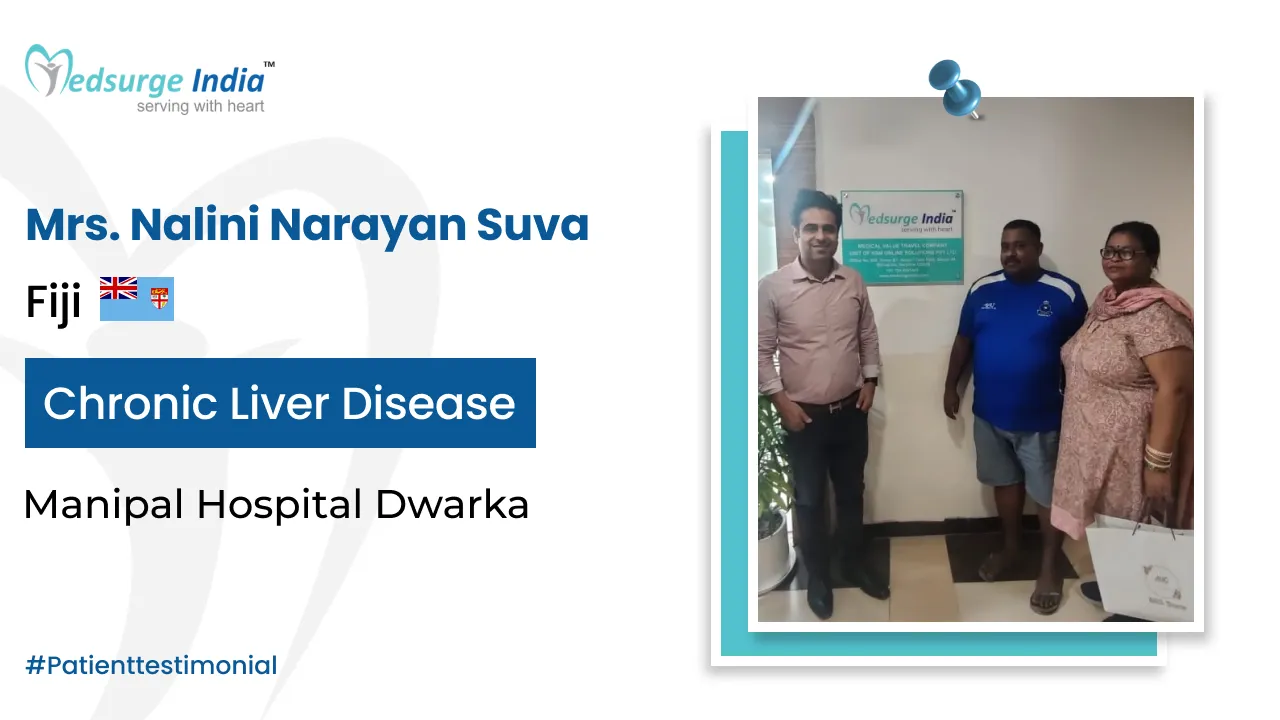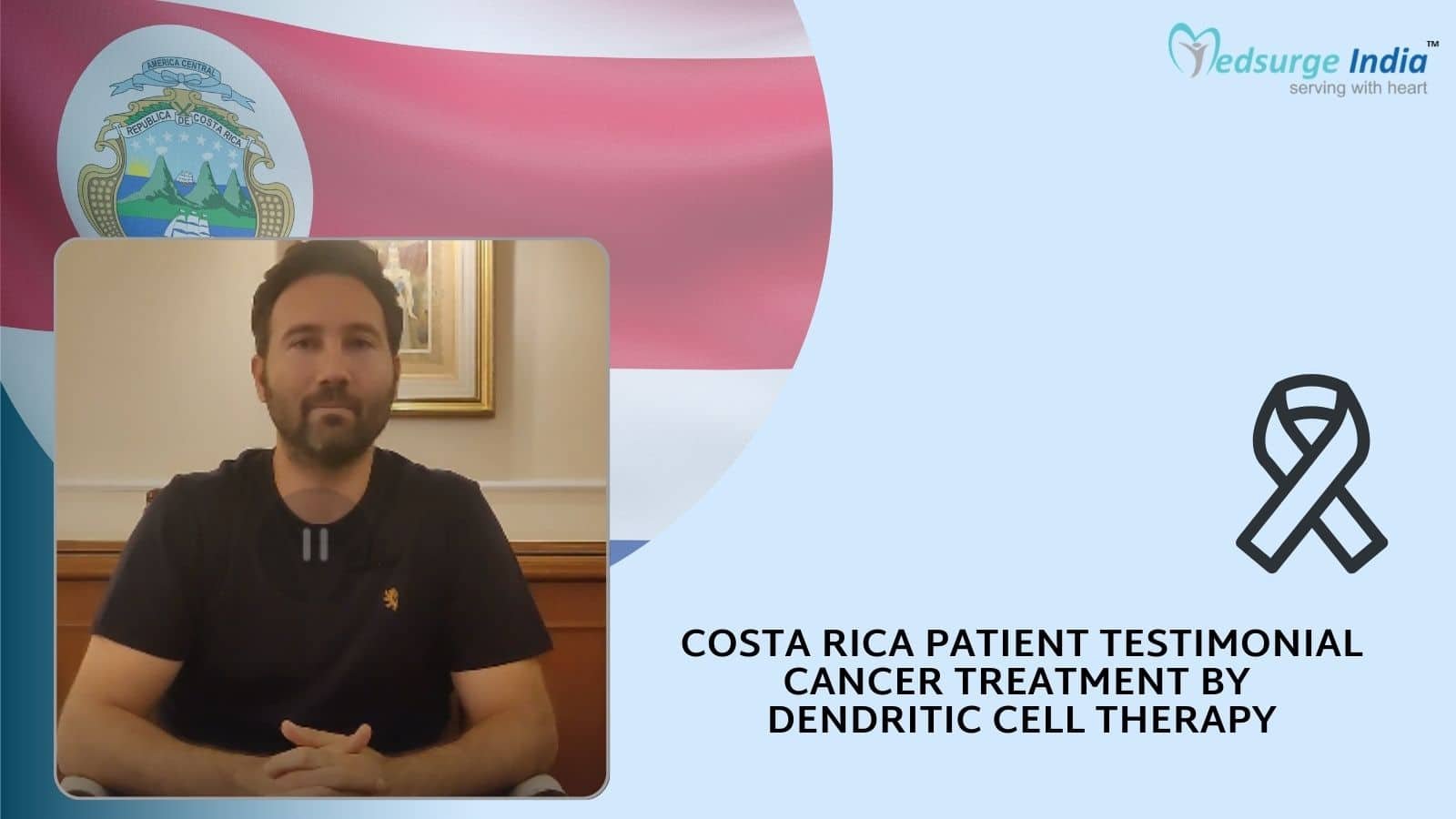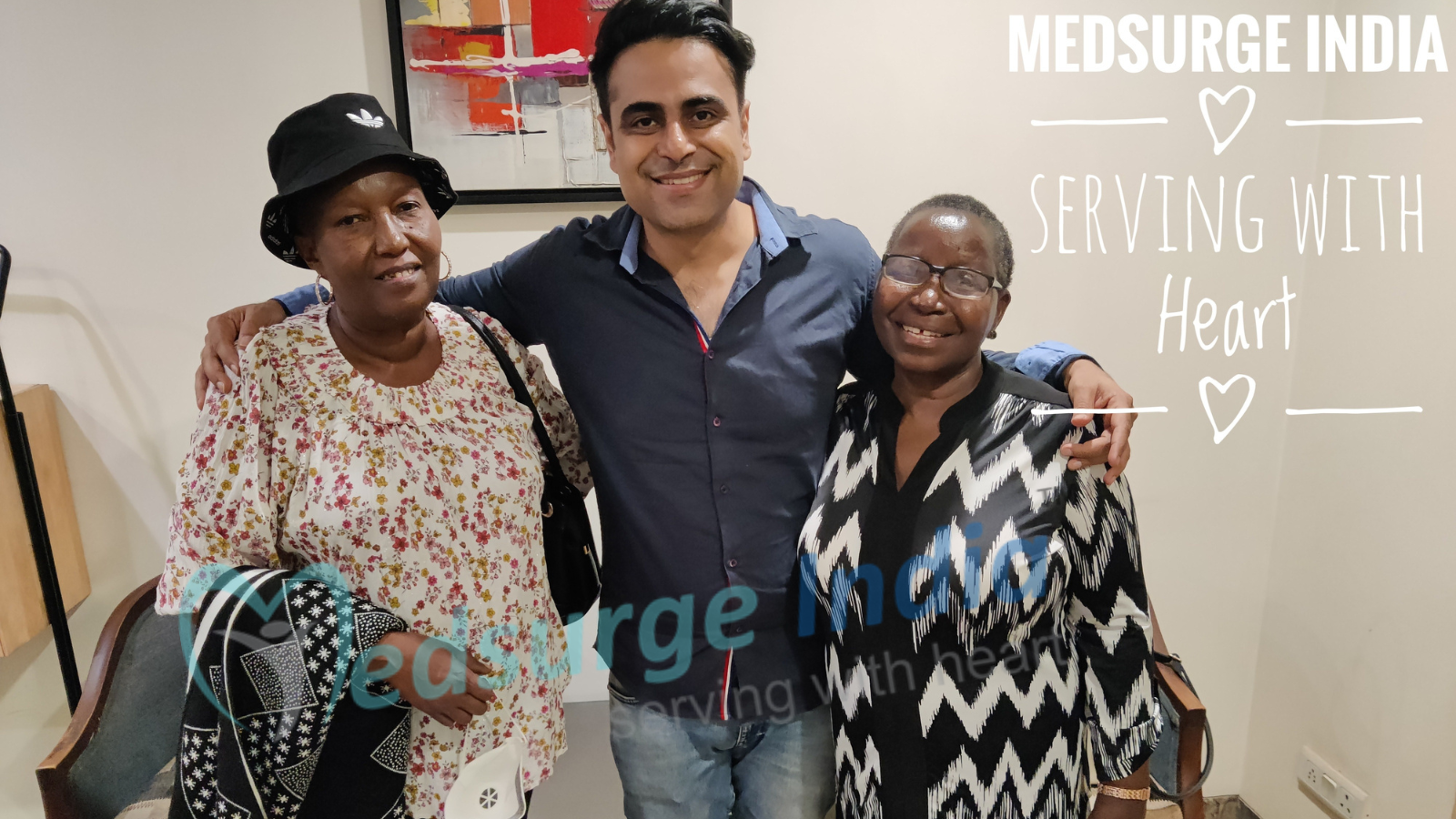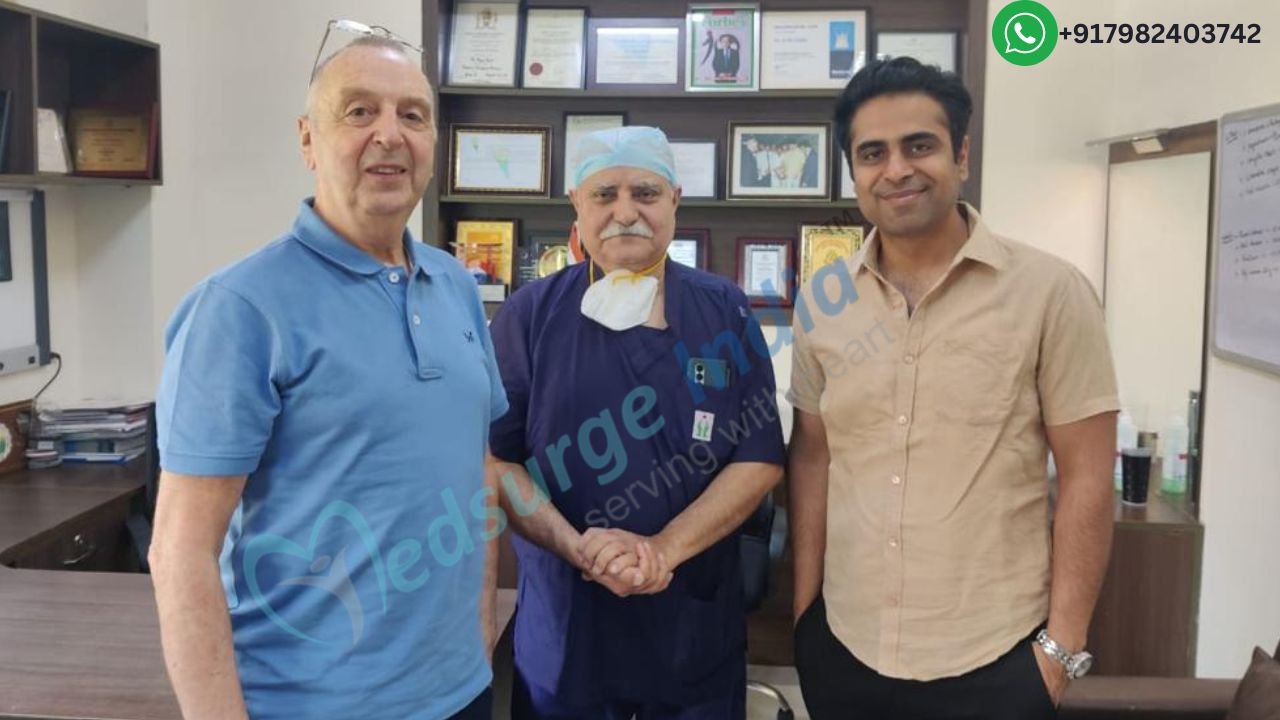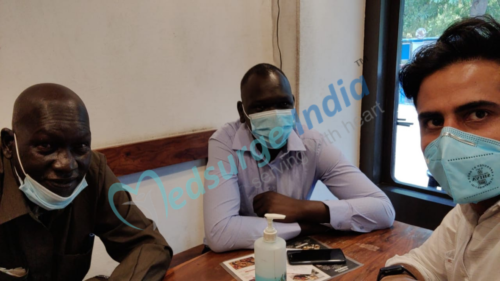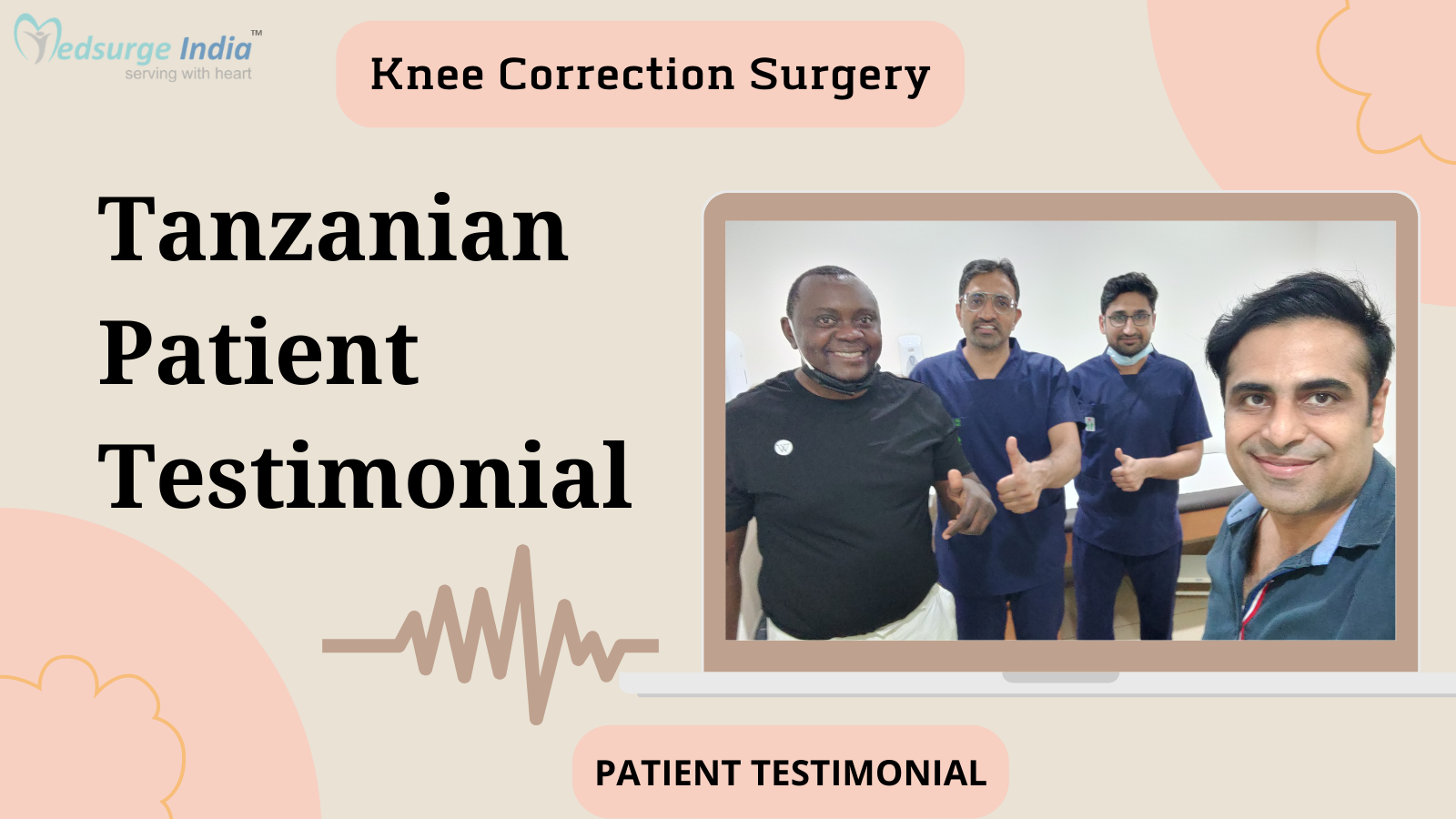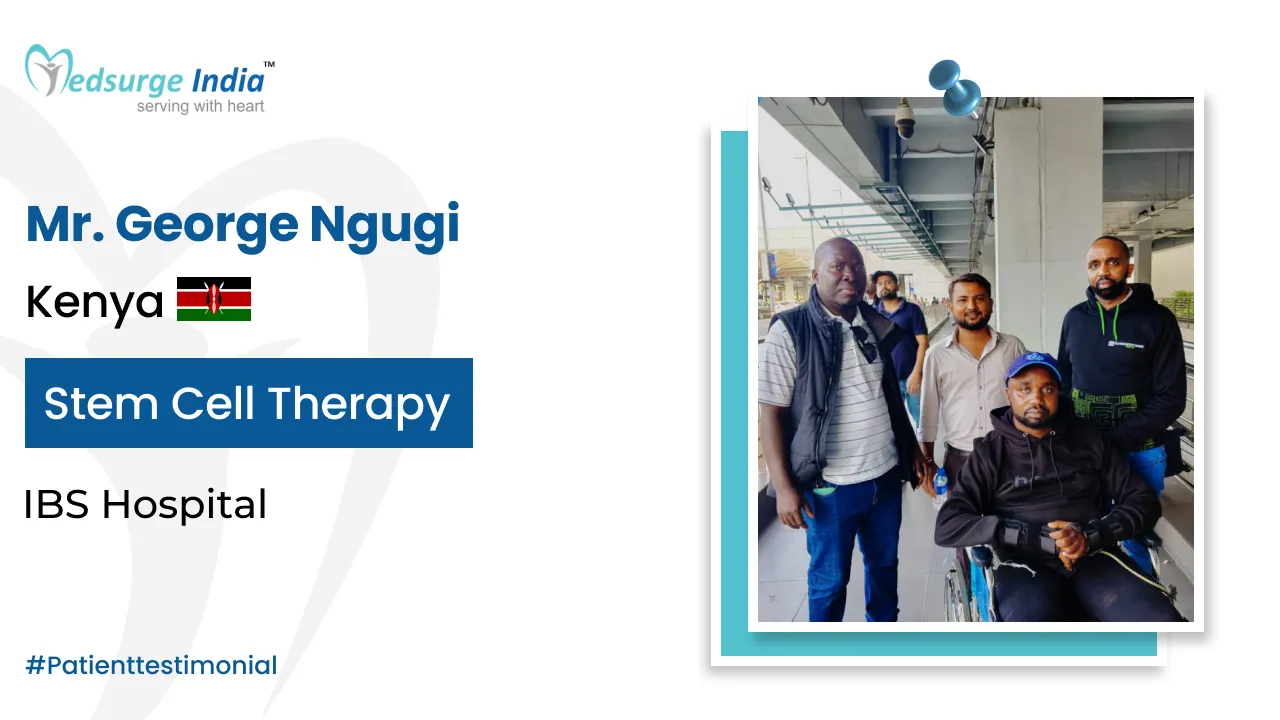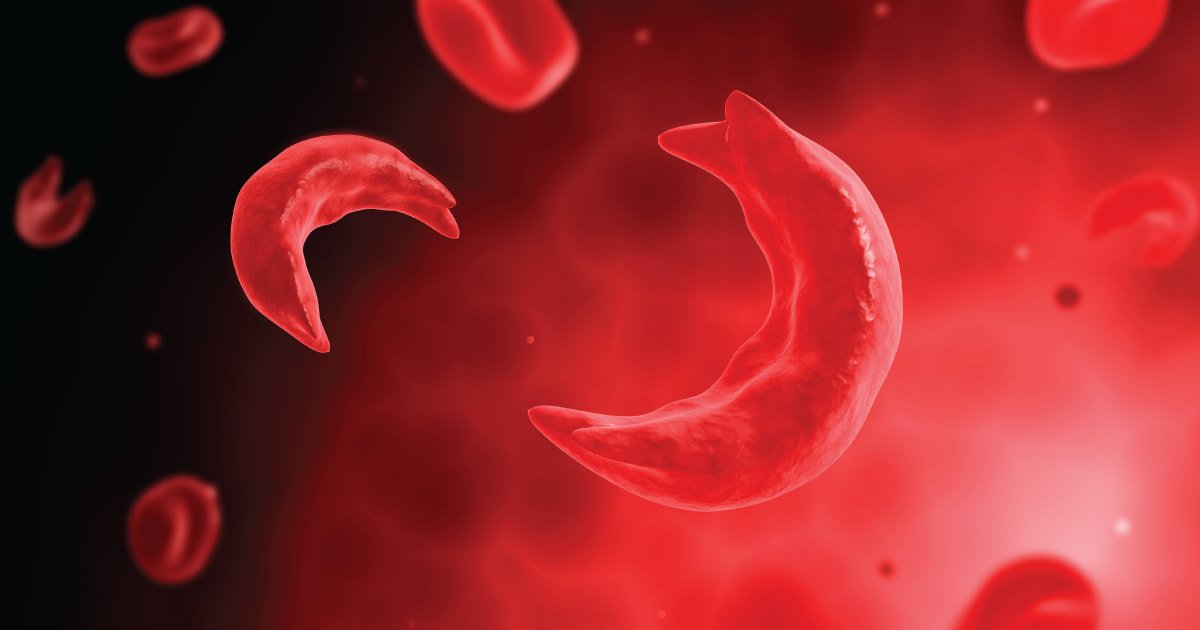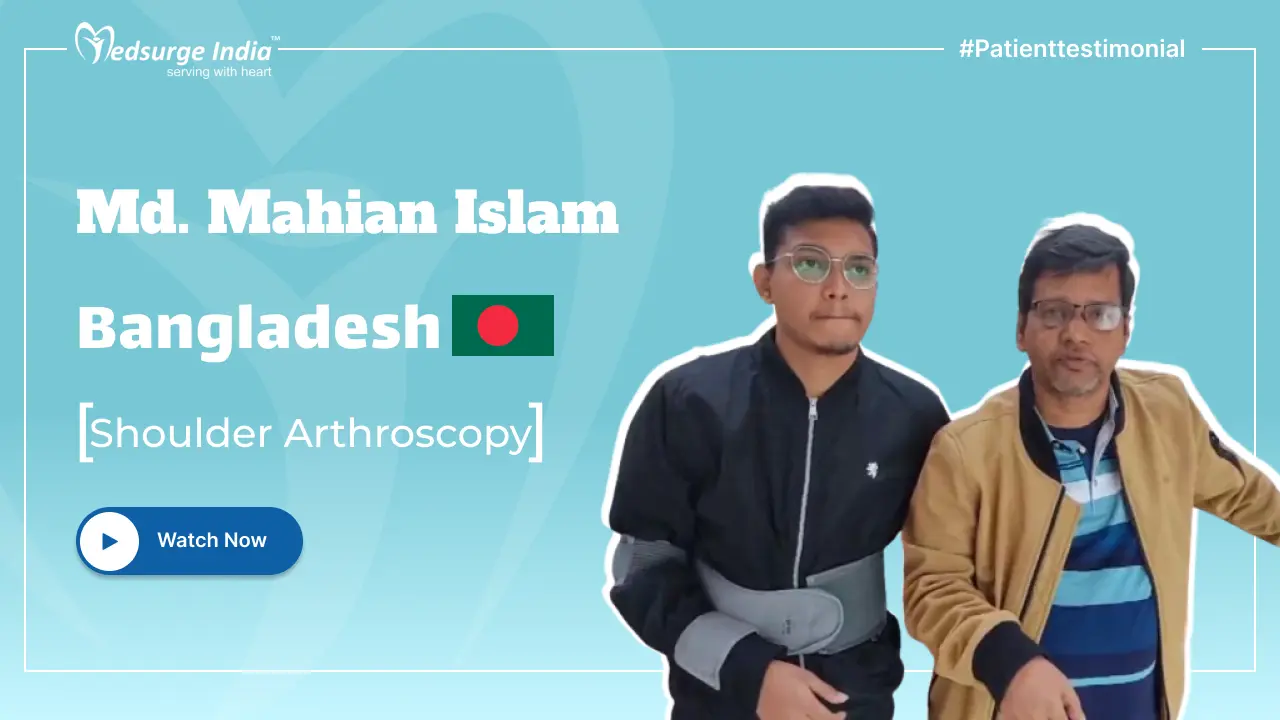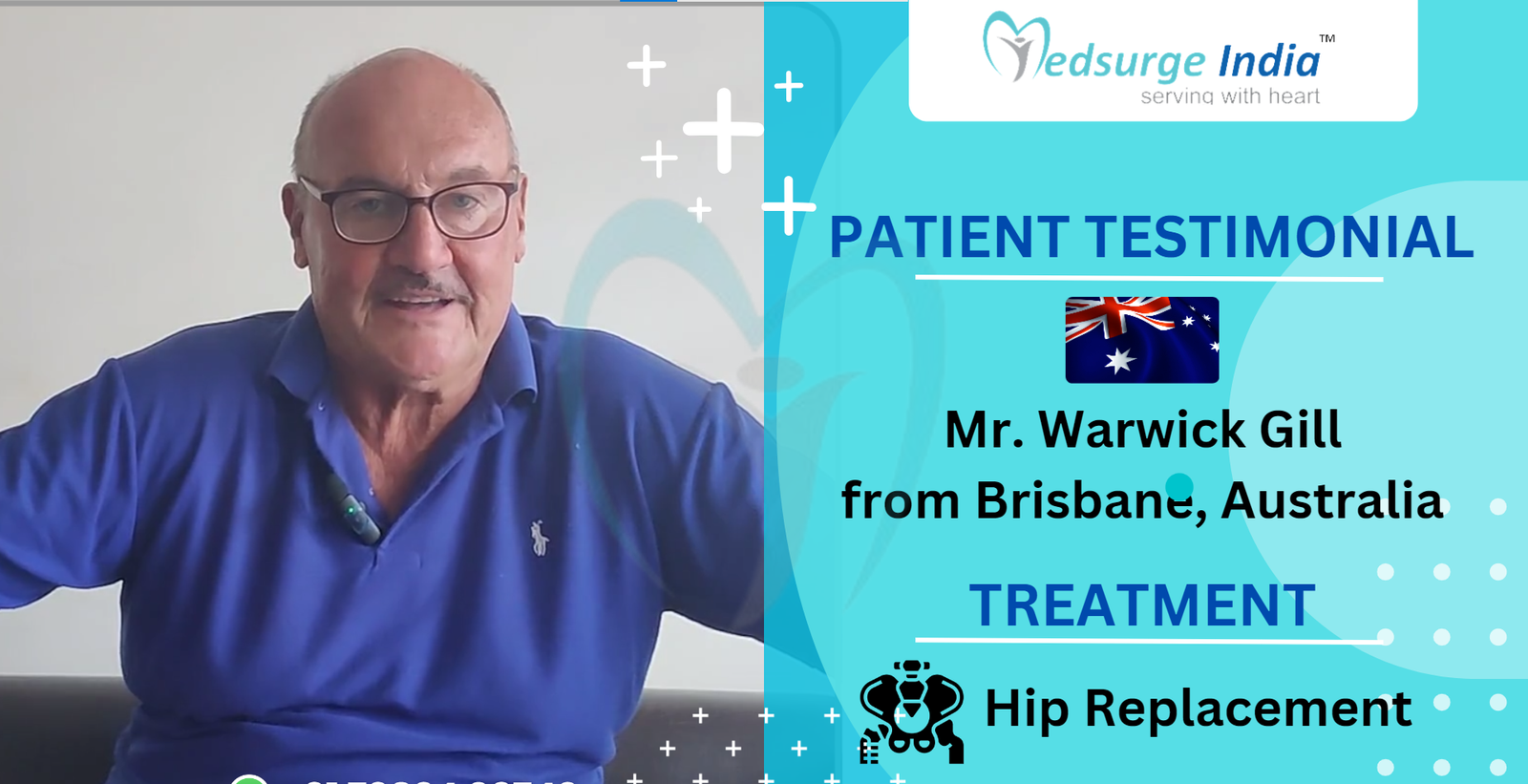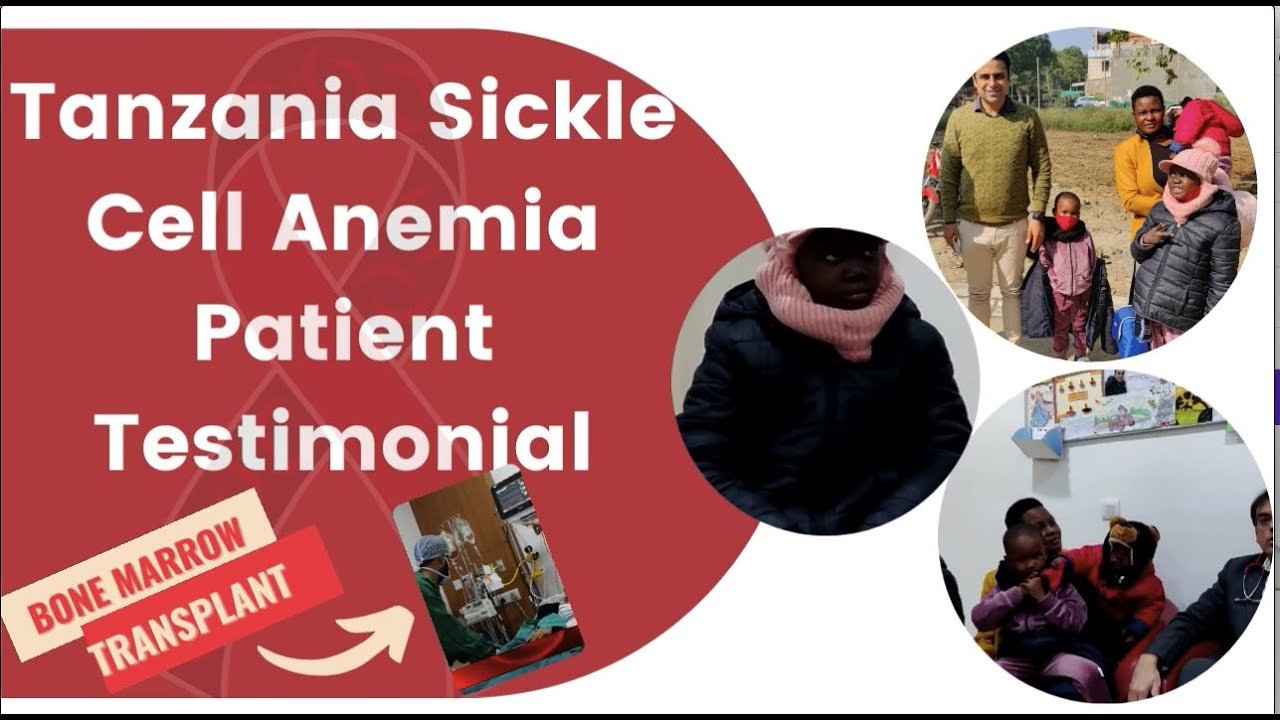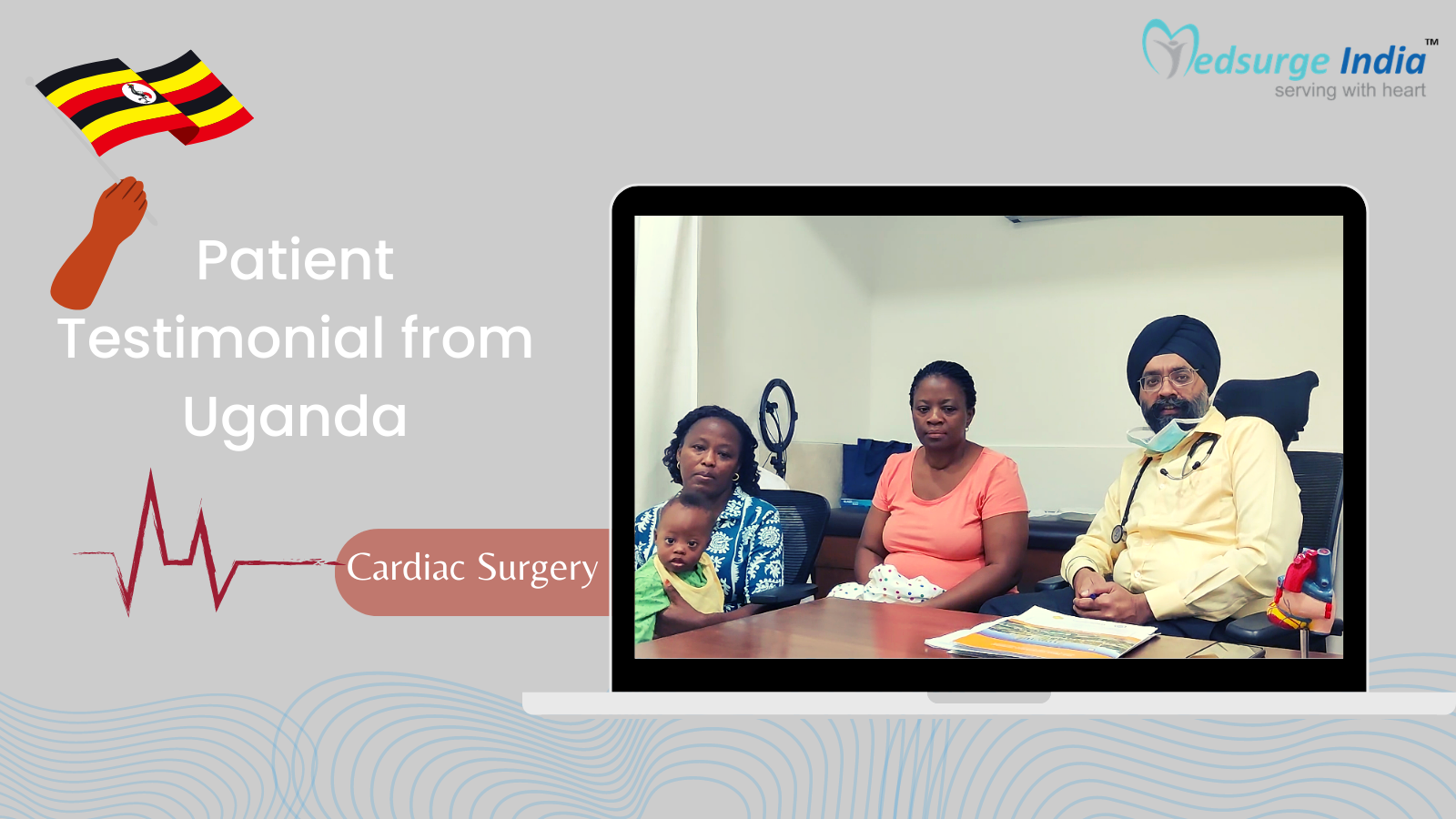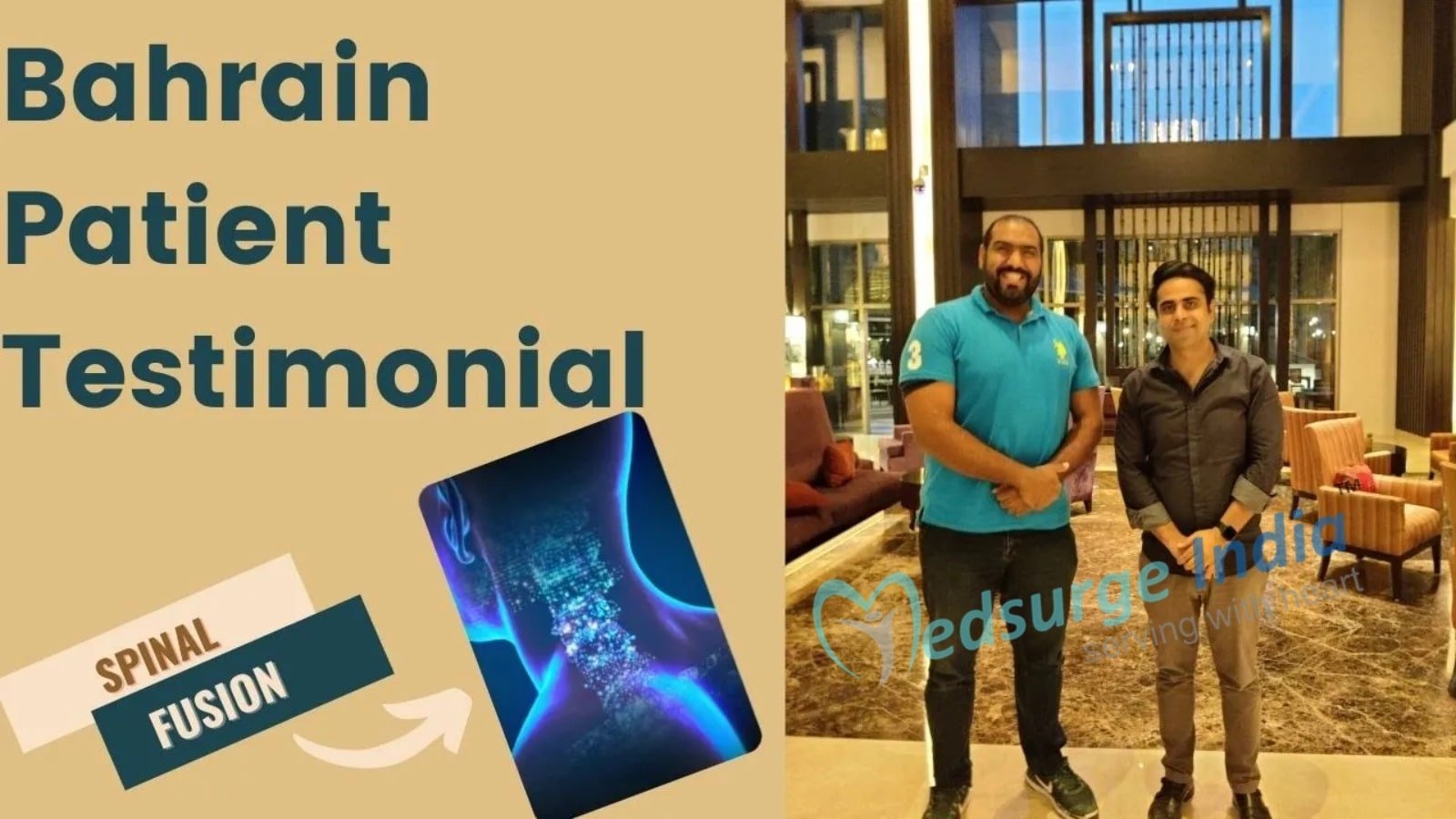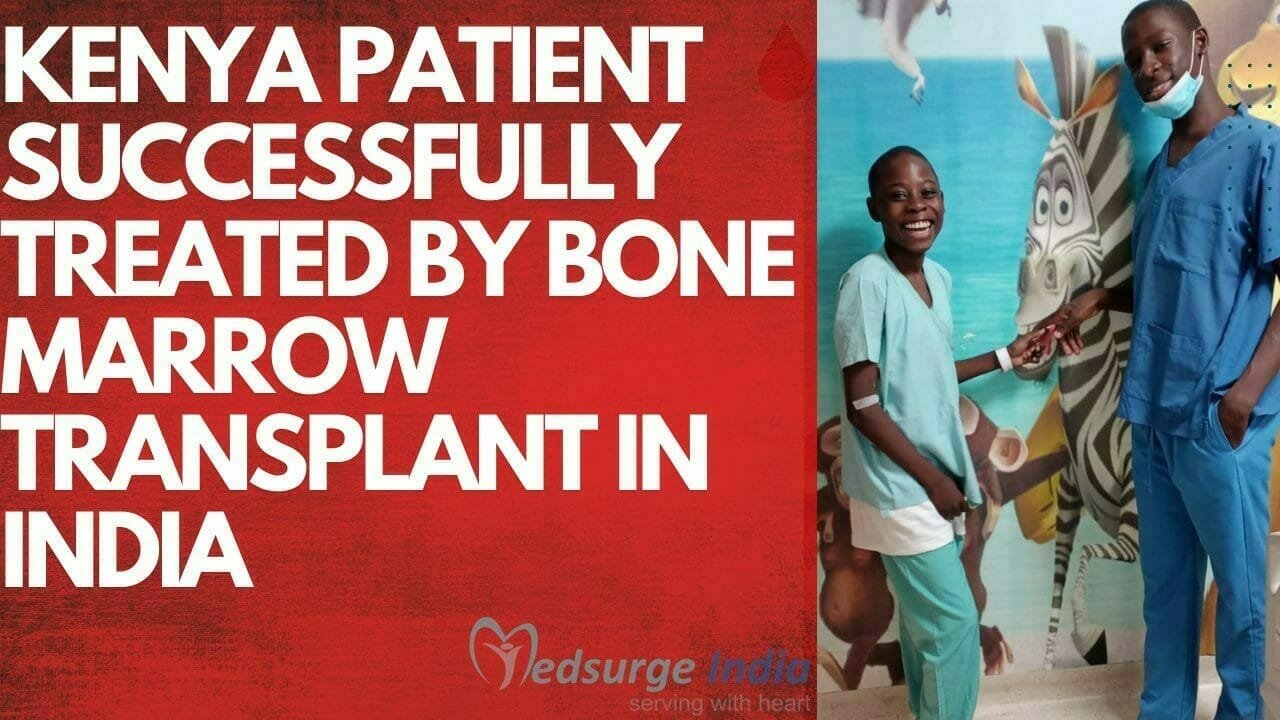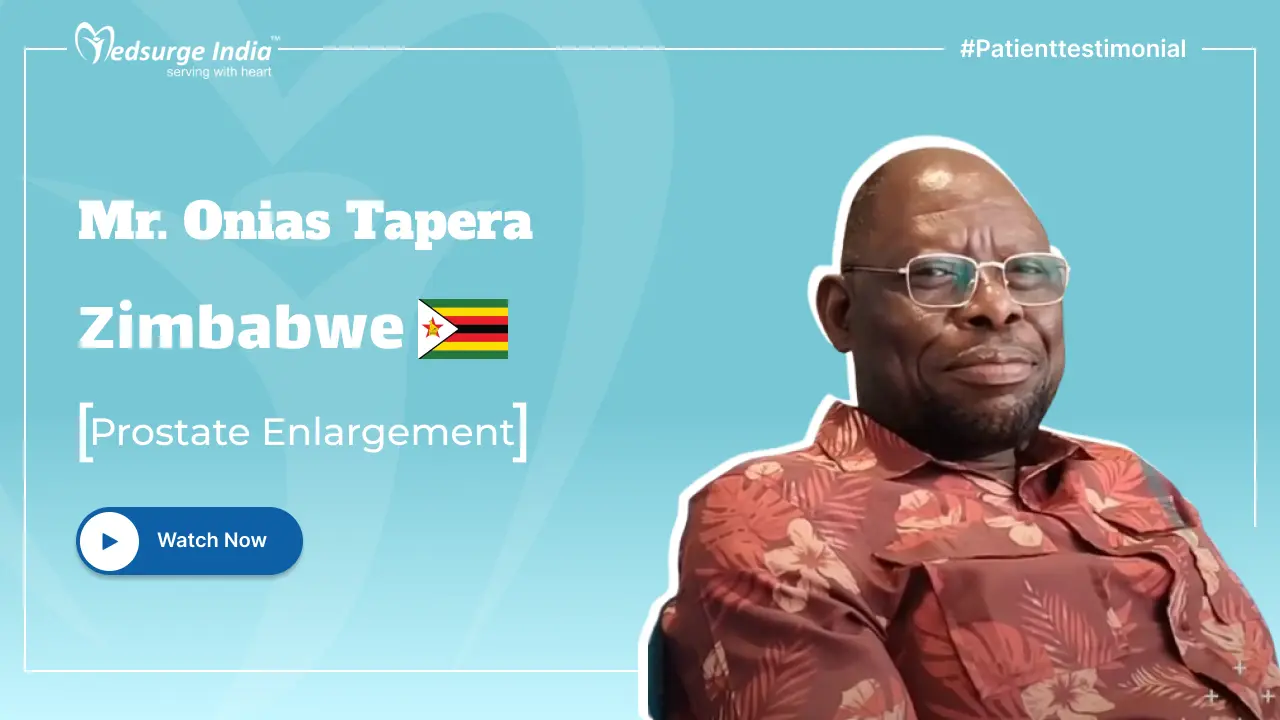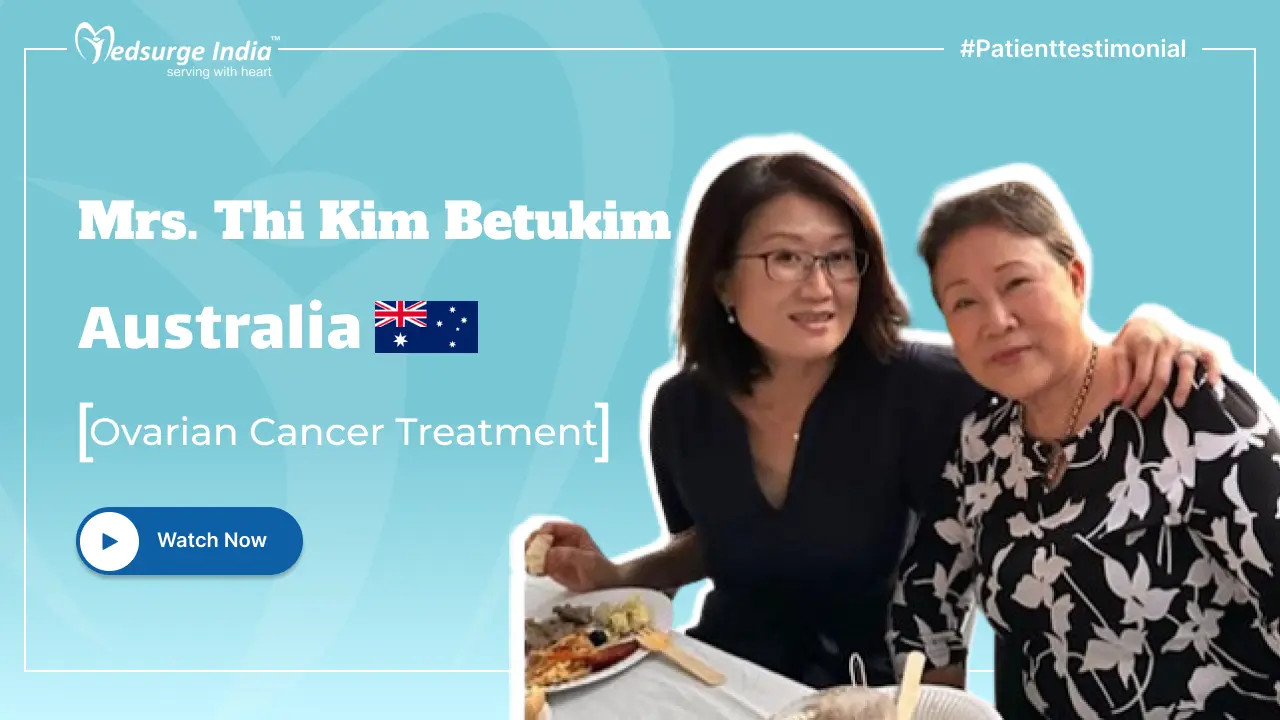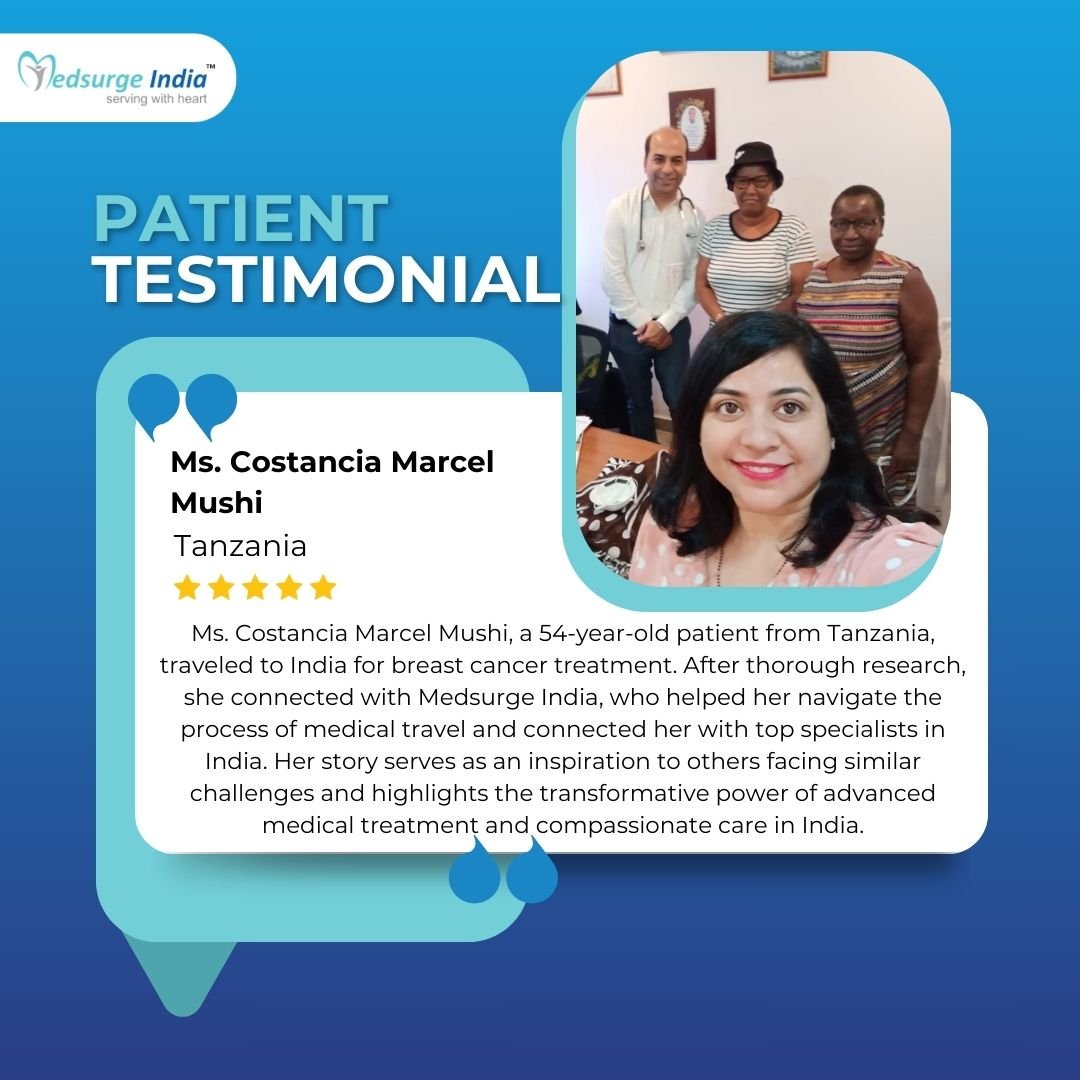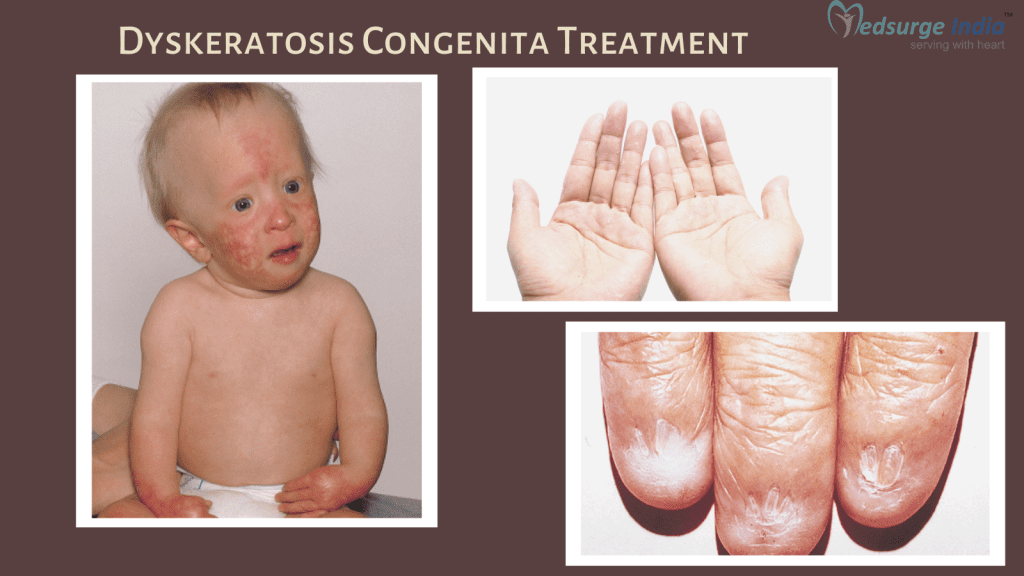
Dyskeratosis congenita (DKC) is a progressive congenital bone marrow failure syndrome characterized by low levels of RBCs, WBCs, and platelets, as well as skin and nail changes. The Dyskeratosis congenita treatment in India can be done with hematopoietic bone marrow transplantation. The best doctor to see is a highly qualified oncologist specializing in diagnosing and treating DKC.
The cost of Dyskeratosis congenita treatment in India is quite low. According to reports, the 10-year survival rate following DKC diagnosis and treatment in India is around 25%. DKC symptoms include skin hyperpigmentation, nail dystrophy, and leukoplakia, which appear as white patches inside the mouth.
What Is Dyskeratosis Congenita?
Dyskeratosis congenita is a disorder that impacts many different parts of the body. This disorder is distinguished by three characteristics: Nail dystrophy refers to poor growth or abnormally shaped fingernails and toes; changes in skin coloring (pigmentation), particularly on the neck and chest, in a pattern commonly described as “lacy”; and white patches inside the mouth (oral leukoplakia).
People with dyskeratosis congenita are more likely to develop a number of life-threatening conditions. They are particularly vulnerable to conditions that impair bone marrow function. These diseases impair the bone marrow’s ability to produce new blood cells.
Aplastic anemia, also known as bone marrow failure, occurs when the bone marrow does not produce enough new blood cells in affected individuals. They are also more likely than the general population to develop the myelodysplastic syndrome, a condition in which immature blood cells fail to develop normally; this condition can progress to leukemia, a type of blood cancer.
DC can also cause pulmonary fibrosis, a condition in which scar tissue accumulates in the lungs, reducing the flow of oxygen into the bloodstream.
Although congenital (present at birth), the signs and symptoms of DC may not appear until late childhood or early adolescence, and in some cases not until adulthood.
DC in its traditional form is rare, affecting about one person in a million, but the broader spectrum of telomere disease may affect 10 to 100 times as many people.
What Are the Signs and Symptoms of Dyskeratosis Congenita in Children?
The first symptoms of dyskeratosis congenita generally appear in childhood. Almost any part of the body can be affected by the disease. It is most commonly seen in cells that reproduce quickly, such as skin, nails, and mucous membranes.
Your child could have:
- Nail problems: It frequently causes fingernails and toenails to grow abnormally and fall off. They may also have ridges or be shaped like a thin spoon.
- Skin changes: Skin color changes are unusual in this condition. It also produces a lace-like pattern on the chest and neck.
- Patches in the mouth: This is known as oral leukoplakia. Thick, white patches frequently appear inside the mouth.
- Hair changes: The condition frequently results in premature greying and hair loss.
What Causes Dyskeratosis Congenita in Children?
- The presence of shortened telomeres is the underlying cause of DC. Telomeres protect genetic information. Telomeres, similar to the plastic tip on the end of a shoelace, prevent chromosome ends from fraying and fusing together while allowing cells to divide.
- The telomeres shorten with each cell division, and when they become too short, the cell stops dividing. People with DC have a gene mutation that prevents them from maintaining telomeres. Their cells stop dividing too soon, resulting in organ failure and disease.
- Dyskeratosis congenita is usually inherited from a parent who carries the gene defect. It appears to exist from birth. However, symptoms may not manifest until later in life.
- Some people have the dyskeratosis congenita gene defect but never develop symptoms or complications. They could still pass the defect on to their children or grandchildren, who may experience symptoms.
- Others are born with the gene defect despite not having a parent with symptoms or the gene defect.
Dyskeratosis Congenita Treatment Cost in India
On average, Dyskeratosis Congenita Treatment Cost in India starts from USD 3,000. Here are the estimated prices depending on different cities in India.
Dyskeratosis Congenita Treatment Cost in Different Parts of India
| Cities | Starting Price |
| Delhi | USD 3,000 |
| Gurgaon | USD 3,000 |
| Noida | USD 3,000 |
| Mumbai | USD 3,200 |
| Hyderabad | USD 3,000 |
| Chennai | USD 3,000 |
| Kolkata | USD 3,000 |
| Bangalore | USD 3,000 |
Please keep in mind that prices of Dyskeratosis Congenita Treatment Cost in India will vary depending on various factors.
Factors That Can Affect Dyskeratosis Congenita Treatment Cost in India
The following here are some variables that can affect Dyskeratosis Congenita Treatment Cost in India:
- Medication costs.
- Duration of treatment.
- Geographical location.
- Hospitalization expenses.
- Government policies and subsidies.
- Medical tourism packages.
- Hospital reputation and infrastructure.
- The expertise and experience of medical professionals.
- The type and frequency of diagnostic procedures.
- The choice of treatment modality.
The standard and grade of medical care and amenities are comparable to those of the most prestigious healthcare facilities in the world, even when the expense of lodging, meals, and transportation is taken out. Under the direction of the most skilled physicians, Medsurge India provides patients with the lowest Dyskeratosis Congenita Treatment Cost in India.
How Is Congenital Dyskeratosis Diagnosed?
Doctors frequently struggle to diagnose dyskeratosis congenita because people possess unique symptoms at different stages of their lives (DC). If a clinical evaluation and detailed family history indicate that the condition is suspected, your doctor may order some or all of the following tests:
- Blood counts: A complete blood count (CBC) can assist your doctor in determining the cause of low blood counts. DC patients typically have an abnormally low number of red blood cells, white blood cells, or platelets.
- Bone marrow exam: It will be performed to allow your doctor to look for marrow abnormalities, such as evidence of pre-cancerous or cancerous cells.
- Telomere length test: A blood test sent to a specialized lab can measure the length of telomeres in blood cells’ DNA and compare the result to that of unaffected individuals of the same age.
- Additional tests: It includes genetic testing, which may be ordered to rule out other inherited conditions, such as myelodysplastic syndrome (MDS).
Helpful – Bone Marrow Transplant Cost in India
Get Free Cost Estimation
Procedure
What Is the Treatment for Congenital Dyskeratosis?
There is currently no cure for dyskeratosis congenita. Treatment focuses on preserving bone marrow function, as this is the leading cause of death:
- Oxymetholone: It is an anabolic steroid that has been shown to improve bone marrow function in two-thirds of patients over time.
- Hematopoietic growth factors: It consists of erythropoietin, granulocyte-macrophage colony-stimulating factor, and granulocyte colony-stimulating factor.
- Bone marrow transplant: In dyskeratosis congenita, this was invariably fatal due to the rapid development of liver failure or lung fibrosis post-transplant. This was discovered to be due to intolerance to pretransplant chemotherapy and/or radiotherapy. With less aggressive pretransplant therapy, bone marrow transplants have now been successfully performed in a small number of dyskeratosis congenita patients.
A hematologist will be referred to you by your child’s provider. This is a blood disorder specialist. There is currently no cure for the condition. It is essential to keep an eye out for signs and symptoms of bone marrow failure in your child. Certain symptoms of the disease may be treatable by your child’s healthcare provider.
An anabolic steroid may be prescribed for those who have bone marrow failure. It resembles the male hormone testosterone. The medication stimulates the production of new cells in the bone marrow. Stem cell transplants may be used to treat bone marrow failure. However, stem cell transplants carry a high risk of death in people with dyskeratosis congenita.
What Are the Possible Complications of Dyskeratosis Congenita in a Child?
There are numerous serious complications, such as:
- Myelodysplastic syndrome is a condition in which young blood cells grow abnormally. This frequently results in bone marrow failure.
- Failure of the bone marrow (aplastic anemia)
- Scarring or thickening of the lungs, known as pulmonary fibrosis
- Cancers such as leukemia, as well as an increased risk of head and neck cancer, anus, and genital cancers
- Osteoporosis or bone thinning.
- Urethral stenosis in men is a narrowing of the urethral channel that can cause urination problems.
- Disorders of the mouth and gums
- Infertility
- Disabilities or delays in learning
- Anomalies of the eyes
- Degeneration of the joints
Suggestion
Dyskeratosis congenita affects each patient differently. Some people with DC have normal bone marrow function and only a few mild physical symptoms. Others are more severely affected and develop bone marrow failure, cancer, or pulmonary fibrosis by early adulthood. In general, the effects of dyskeratosis congenita worsen with age.
Although there is no cure, children who receive early treatment for dyskeratosis congenita may have a higher quality of life. Early detection of problems such as cancer can lead to faster treatment and better outcomes.
The Most Important Frequently Asked Questions
Q: What Causes Dyskeratosis Congenita?
A: Mutations in the TERT, TERC, DKC1, or TINF2 genes cause dyskeratosis congenita in roughly half of the people. These genes encode proteins that aid in the maintenance of structures known as telomeres, which are found at the ends of chromosomes.
Q: How Is Dyskeratosis Congenita Passed?
A: In most cases, dyskeratosis congenita is inherited. The inheritance pattern can be X-linked (Zinsser-Cole-Engleman syndrome), autosomal dominant (Scoggins type dyskeratosis), or autosomal recessive.
Q: What Exactly Is Bone Marrow Failure?
A: When the bone marrow is unable to produce enough healthy blood cells to meet an individual’s needs, this is referred to as bone marrow failure. The bone marrow is the soft, spongy center of the bones that serve as the body’s factory, producing all blood cells. Red blood cells, for example, transport oxygen throughout the body.
Q: Is Congenital Dyskeratosis Curable?
A: In general, the effects of dyskeratosis congenita worsen as a person ages. Although there is no cure, children who receive dyskeratosis congenita treatment early in life may have a better quality of life. Early detection of problems such as cancer can result in faster treatment and better outcomes.
Q: What Blood Tests Reveal Bone Marrow Problems?
A: A complete blood count (CBC) is a common blood test that your doctor may advise you to have if you: Aid in the diagnosis of certain blood cancers, such as leukaemia and lymphoma. Determine whether the cancer has spread to the bone marrow. Examine how a person’s body responds to cancer treatment.
Top Hospitals for Dyskeratosis Congenita Treatment in India
Top Doctors for Bone Marrow and Hematology
Dr. Anil Handoo
HOD
Experience: 10 years of experience
BLK Super Speciality Hospital, New Delhi
New Delhi, India
Dr. Sarmila Chandra
Senior Consultant
Experience: 25+ years of experience
NH Rabindranath Tagore International Institute of Cardiac Sciences, Kolkata
Kolkata, India
Dr. Mukesh Kumar Sharma
Senior Consultant
Experience: 23+ years of experience
NH MMI Narayana Superspeciality Hospital, Lalpur, Raipur
Raipur, India
Dr. Divya Bansal
Consultant
Experience: 19 years of experience
Manipal Hospitals Dwarka, Delhi
New Delhi, India
Dr. Prabu P
Consultant
Experience: 15+ years of experience
Apollo Hospitals, Greams Road, Chennai
Chennai, India
Dr. Sirisha Rani
Consultant
Experience: 25 years of experience
Rainbow Children's Hospital and BirthRight by Rainbow, Hyderabad
Hyderabad, India
Dr. Nataraj KS
Consultant
Experience: 14 years of experience
Sri RL Jalappa Hospital & Research Centre, Tamaka
Bangalore, India
Dr. Riya Balilkar
Consultant
Experience: 10 years of experience
Wockhardt Super Speciality Hospital Nagpur
Kolkata, India
Dr. Prashantha B
Senior Consultant
Experience: 20+ years of experience
KMC Hospital, Hampankatta, Mangaluru
Mangaluru, India
Dr. Prathamesh Kulkarni
Consultant
Experience: 9 years of experience
Kokilaben Dhirubhai Ambani Hospital Mumbai
Mumbai, India
Dr. Manas Kalra
Consultant
Experience: 13 years of experience
Sir Ganga Ram Hospital, New Delhi
New Delhi, India
Dr. Neema Bhat
Consultant
Experience: 13 years of experience
BGS Gleneagles Global Hospitals, Bangalore
Bangalore, India
Dr. Rahul Bhargava
PRINCIPAL DIRECTOR & CHIEF HEMATOLOGY
Experience: 20+ years of experience
Fortis Memorial Research Institute, Gurgaon
Gurgaon, India
Dr. Srinivas Chakravarthy Gummaraju
Director
Experience: 19 years of experience
Apollo Hospitals, Jubilee Hills Hyderabad
Hyderabad, India
Dr. Shyam Rathi
Consultant
Experience: 14 years of experience
Fortis Hiranandani Hospital, Vashi
Mumbai, India
Dr. Vikas Dua
Principal Director and Head
Experience: 23+ years of experience
Fortis Memorial Research Institute
Gurgaon, India
Dr. Silky Jain
Associate Consultant
Experience: 13 years of experience
Max Super Speciality hospital, Shalimar Bagh, New Delhi
Noida, India
Dr. Nivedita Dhingra
Associate Director
Experience: 11+ Years of Experience
Max Super Speciality Hospital, Patparganj, New Delhi
New Delhi

